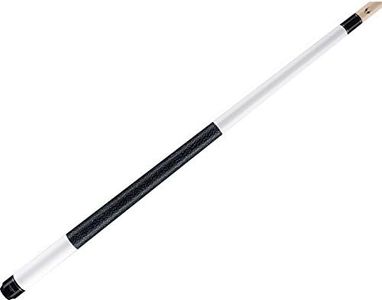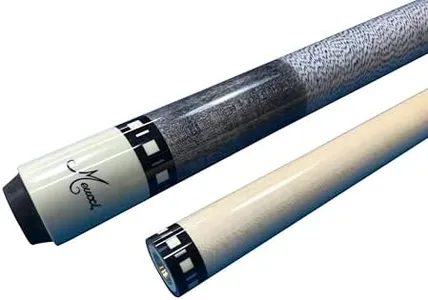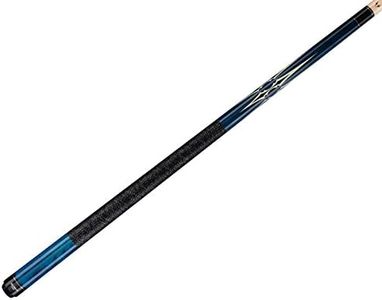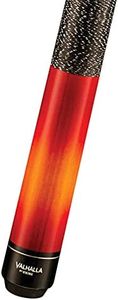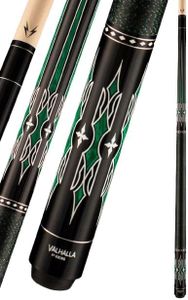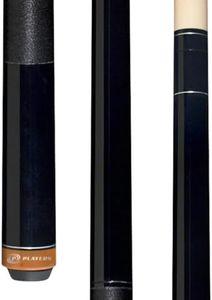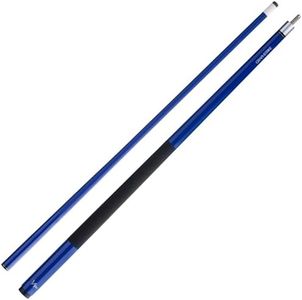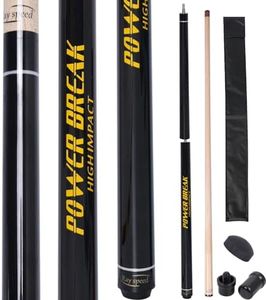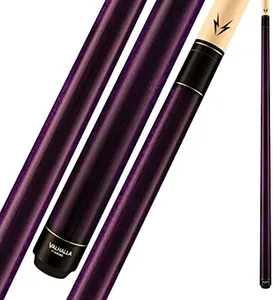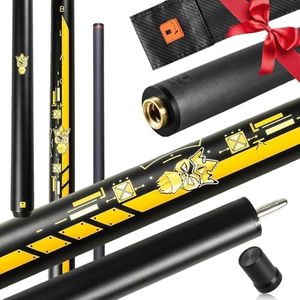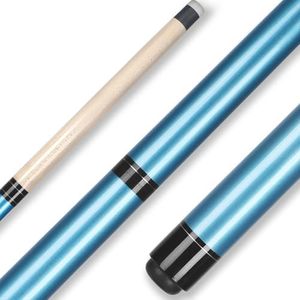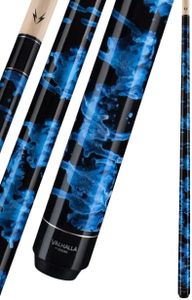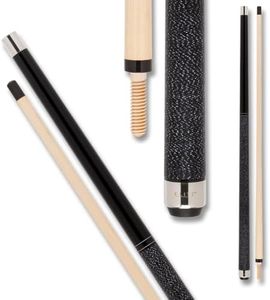We Use CookiesWe use cookies to enhance the security, performance,
functionality and for analytical and promotional activities. By continuing to browse this site you
are agreeing to our privacy policy
10 Best Pool Break Cues
From leading brands and best sellers available on the web.Buying Guide for the Best Pool Break Cues
When choosing a pool or break cue, it's important to find a stick that matches both your skill level and the style of game you enjoy. A break cue is specifically designed for the powerful opening shot, while playing cues are for regular play. Consider comfort, control, durability, and your personal preferences. Matching a cue to your physical build, game type, and comfort can make a significant difference in your performance and enjoyment.Cue WeightCue weight refers to how heavy the cue is, typically measured in ounces. This is important because the weight affects how much power you can generate and how much control you have over your shots. Lighter cues (typically around 18-19 ounces) suit players who rely more on finesse, while heavier cues (20-22 ounces) generate more power, which is especially useful for break shots. If you're selecting a break cue, slightly heavier may give you more breaking power, but it should still feel comfortable in your hands for accurate aim.
Cue LengthCue length measures how long the cue stick is, with standard cues being about 57-59 inches. Length is important as it needs to suit your height and arm span; too long or too short, and it will be tough to control your shots. Most adults use standard length, although taller or shorter players might benefit from slightly adjusting. If you're unsure, a standard length is usually a safe starting point.
Tip HardnessTip hardness refers to how soft or hard the tip of your cue is. For break cues, harder tips (like phenolic or extra-firm leather) are popular because they transfer more energy to the balls, making for a more powerful break. Softer tips tend to give more control but may not transmit as much force. If breaking is your main concern, opt for a harder tip; if you want versatility in playing style, a medium tip may be more suitable.
Shaft MaterialThe shaft of the cue is usually made of wood or advanced materials like carbon fiber. Wood shafts (such as maple) give a traditional feel and are common, while carbon fiber or other composite shafts offer more durability, consistency, and often resist warping. If you prioritize feel and classic feedback, choose wood; if you want low maintenance and consistent performance, synthetic materials might be better.
Grip TypeThe grip is the part of the cue you hold and can be made from materials like Irish linen, leather, or just plain wood. The grip texture affects how secure and comfortable the cue feels in your hand. Linen and leather wraps offer good grip and sweat absorption, beneficial for longer sessions. Smooth wood or rubber grips might feel better if you prefer less texture. Think about how your hands tend to sweat and what feels most comfortable to you.
Shaft DiameterShaft diameter typically refers to the width of the tip end of the shaft and is measured in millimeters. Thinner shafts (around 12-12.75mm) may provide more cue ball control, while thicker shafts (13mm and above) can give more stability and power, often preferred for break cues. For dedicated break sticks, a thicker shaft is common; for regular play, personal preference and comfort matter more.
